Reminders of the First World War loom large in the Senate

Parliament Hill is home to hundreds of works of art. Among the most impressive are eight war paintings that hang in the Senate Chamber, vivid reminders of Canada’s sacrifices during the First World War.
Because of their monumental scale — more than three metres wide and two metres high — they present a challenge to the specialists who will ensure they are handled carefully when rehabilitation work begins on the century-old Centre Block.
To that end, in the winter of 2018, a team of conservators from the Canadian War Museum and the Canadian Conservation Institute assessed the paintings’ conditions.
This analysis will help them identify protective measures that will be taken when the paintings come down.
The paintings have hung in Parliament’s upper house since 1921, when they were loaned to the Senate by the National Gallery of Canada.
A century later, they remain sobering reminders to senators of their responsibilities to the country and people they serve.
They are part of a collection of nearly 1,000 works commissioned by the Canadian War Memorials Fund, the brainchild of Max Aitken, the New Brunswick-born media baron who became Lord Beaverbrook in 1917 and later served as a cabinet minister in the United Kingdom governments of David Lloyd George and Winston Churchill.
The collection was entrusted to the Canadian War Museum in 1971.
Senator Patricia Bovey, an art historian and former director of the Winnipeg Art Gallery, said the fund, Canada’s first official war-art program, helped capture the stories of the 425,000 Canadians who served overseas and whose sacrifices bolstered Canada’s international reputation.
“It was the First World War when Canada came of age internationally and the art program helped make that happen. It was our artists, our photographers and filmmakers who depicted the sights, the horrors, the actions of the war.”
While the war artists who painted Canadian troops in action were British, for the most part, several had close connections to Canada, among them James Kerr-Lawson, born in Scotland but raised in Hamilton, Ontario.
His depiction of shell-shattered Ypres, Belgium where, in 1915, German troops unleashed clouds of chlorine gas against Canadian, British and French soldiers, hangs on the east wall.
“The artist’s use of light and colour is poignant,” said Senator Bovey.
“The acidic shade of green Kerr-Lawson has used vividly represents the horror of gas warfare.”
Rebecca Renner, Supervisor, Conservation and Technical Services at the Canadian War Museum, was part of a team of conservators who scanned the canvases, centimeter-by-centimetre, through magnifying lenses.
“We look at the current condition and causes of deterioration before the paintings are removed.” Ms. Renner said.
“This helps us understand the scope of work involved in protecting them when they are being moved out of the Senate Chambers.’’
“Handling paintings of such importance and such size requires careful planning. Removing them safely from the Senate Chamber will be no small feat.”
Explore the war paintings — and the entire Senate Chamber — in detail by taking the Senate Virtual Tour.
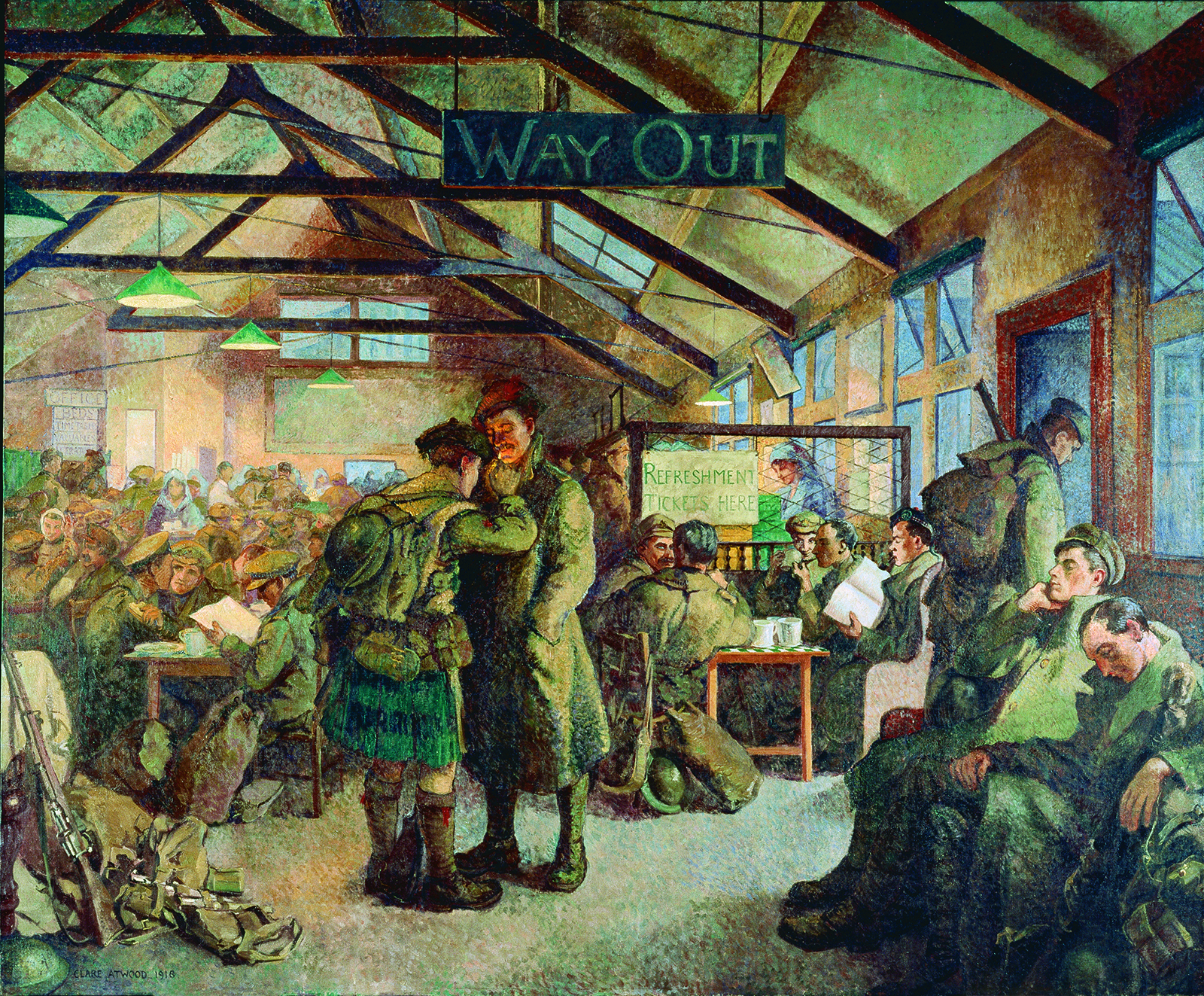
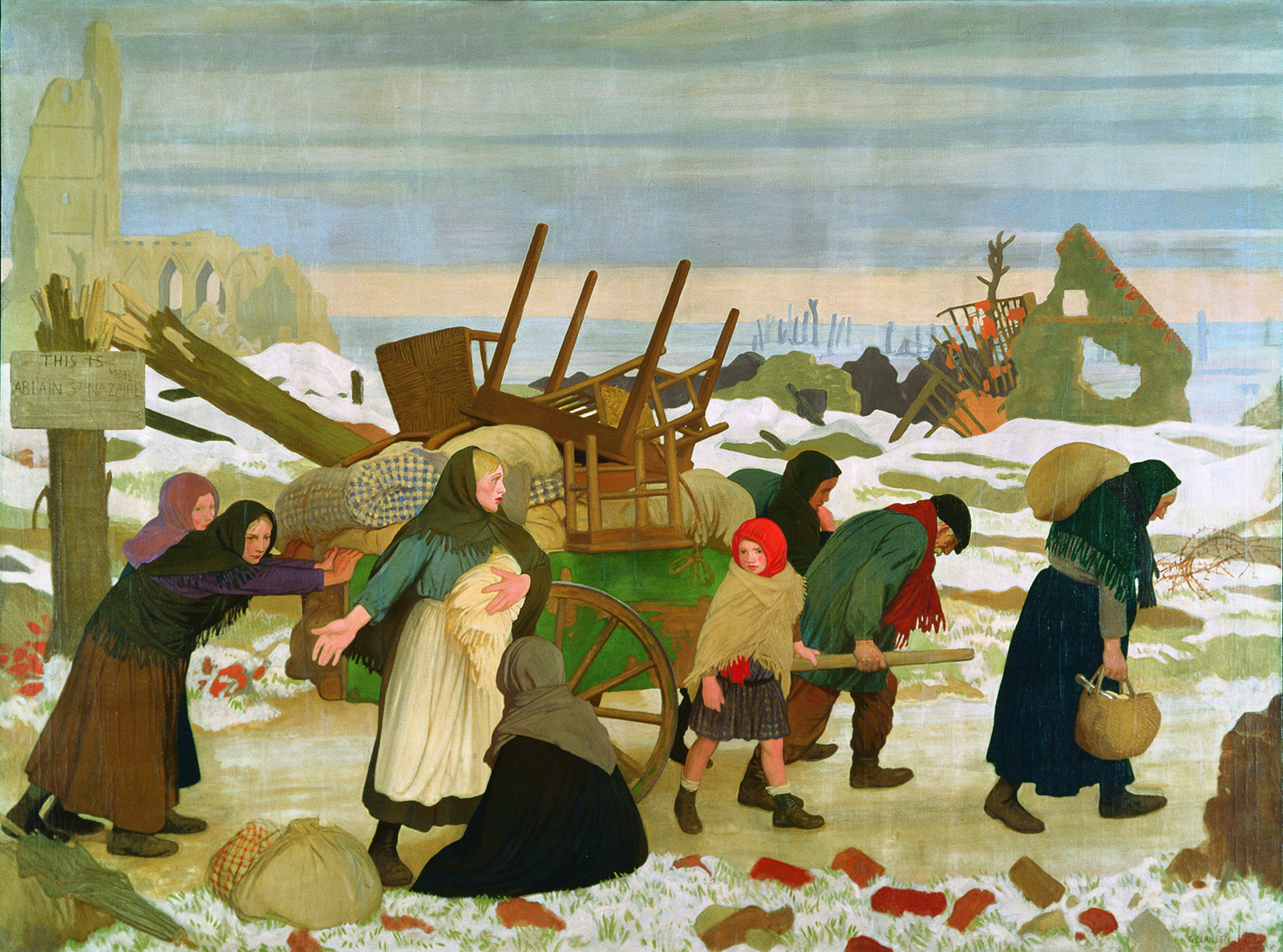
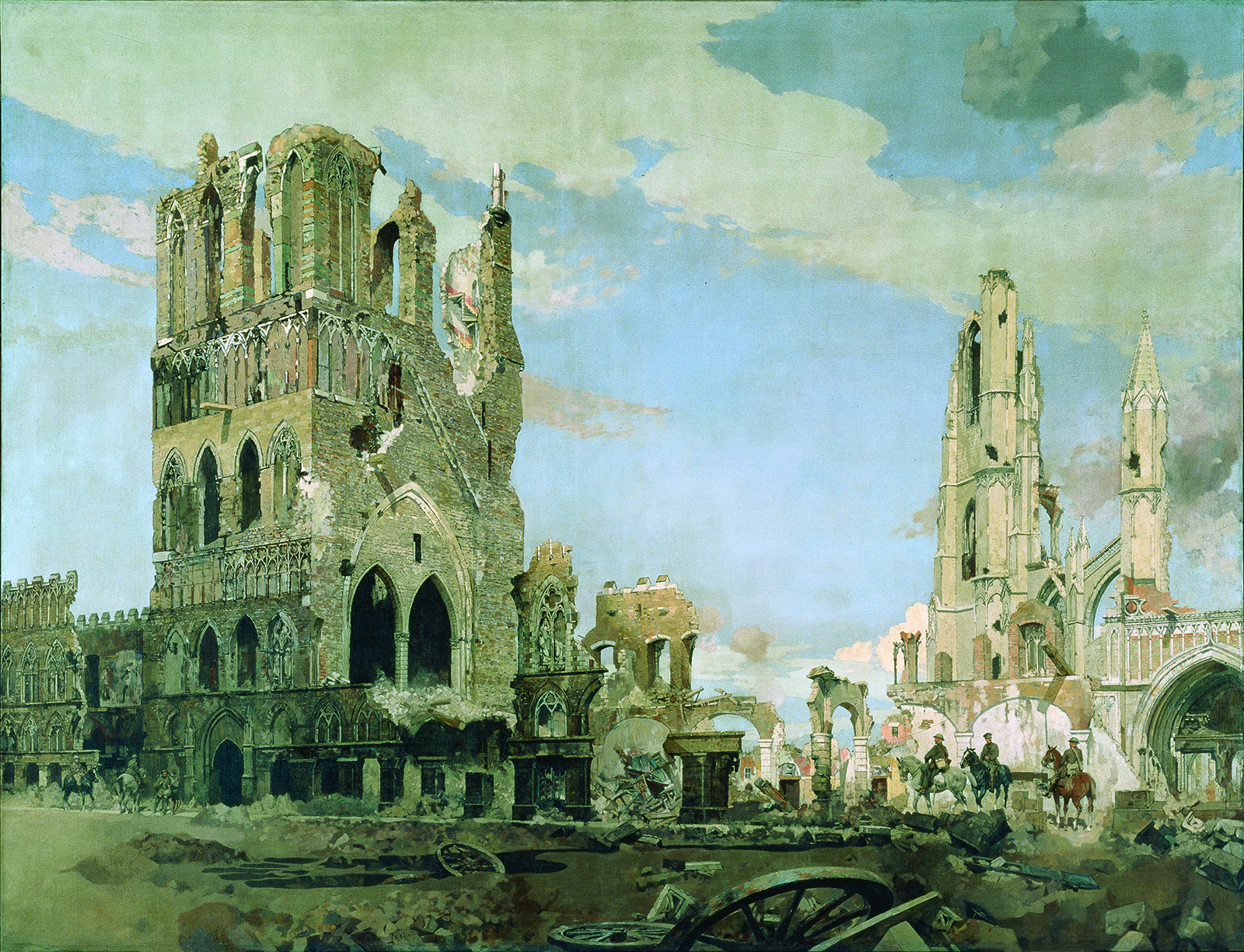
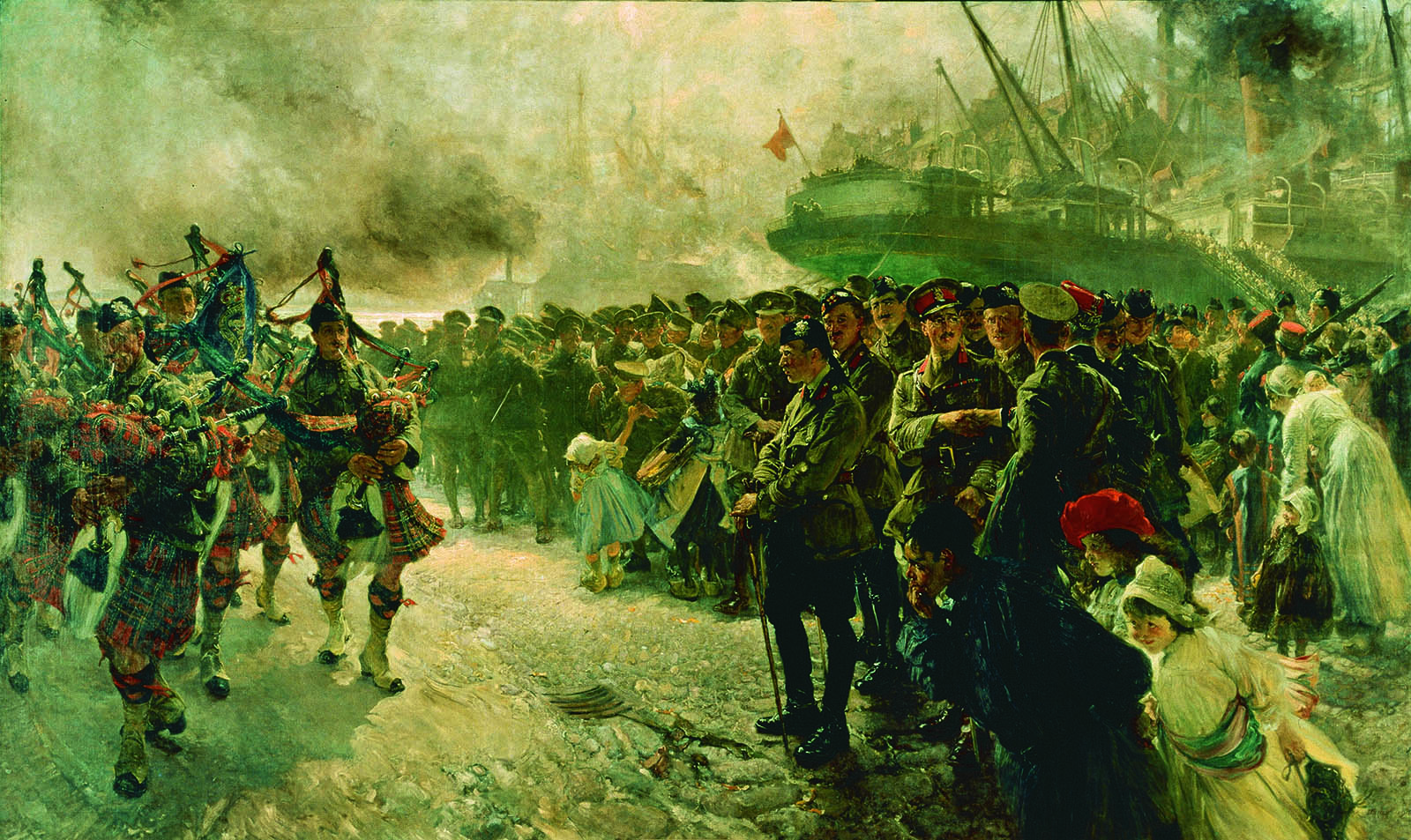
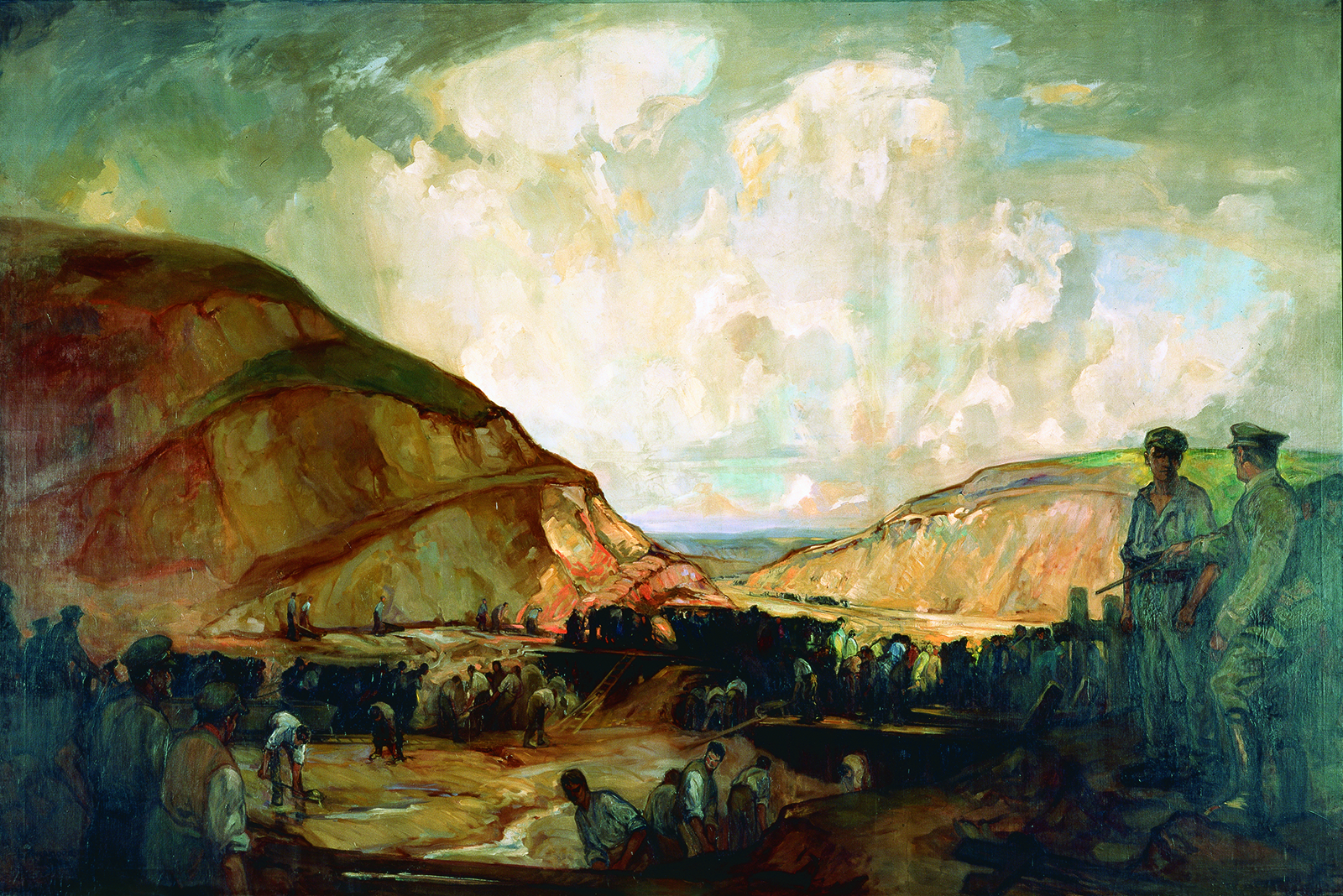
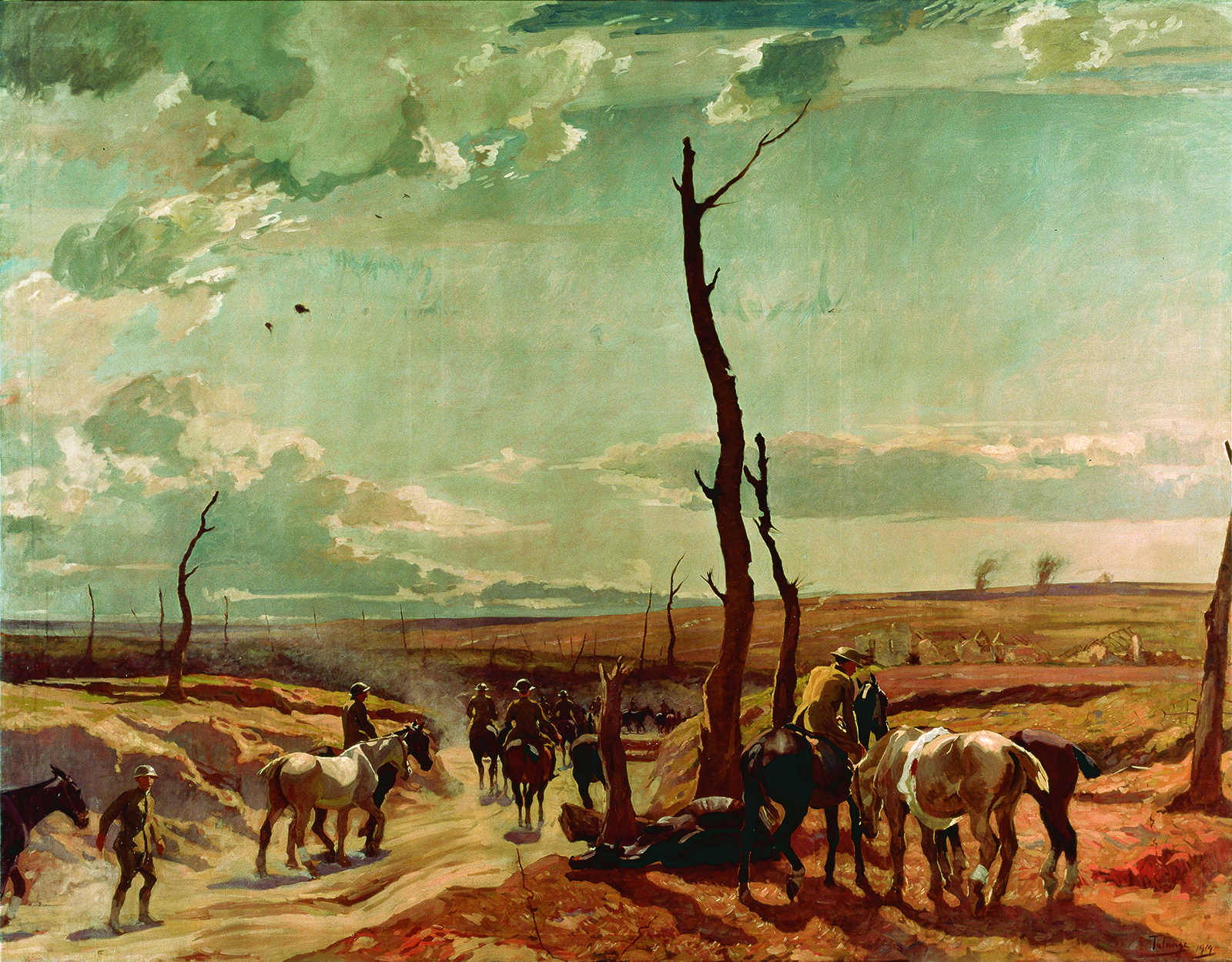
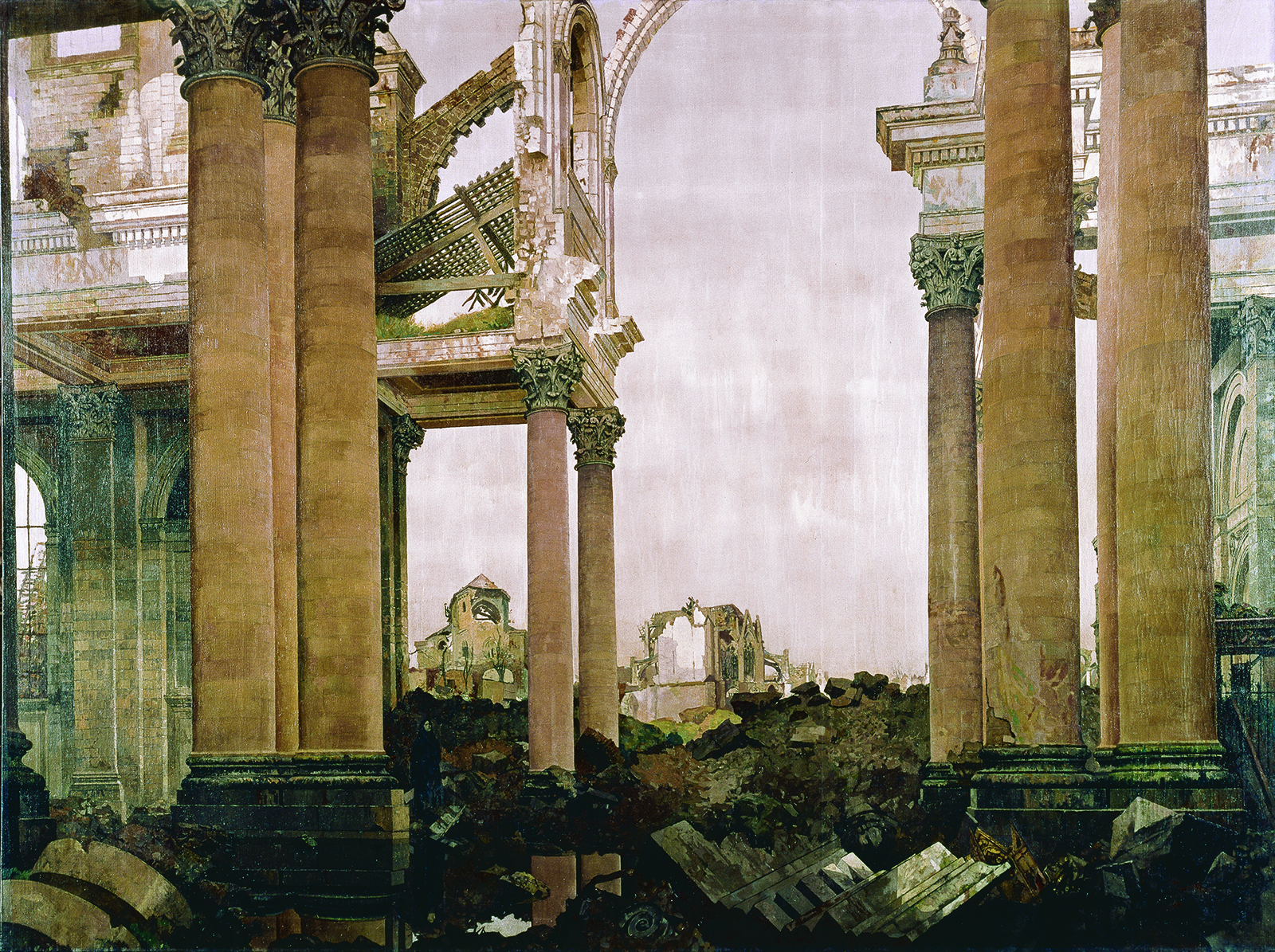
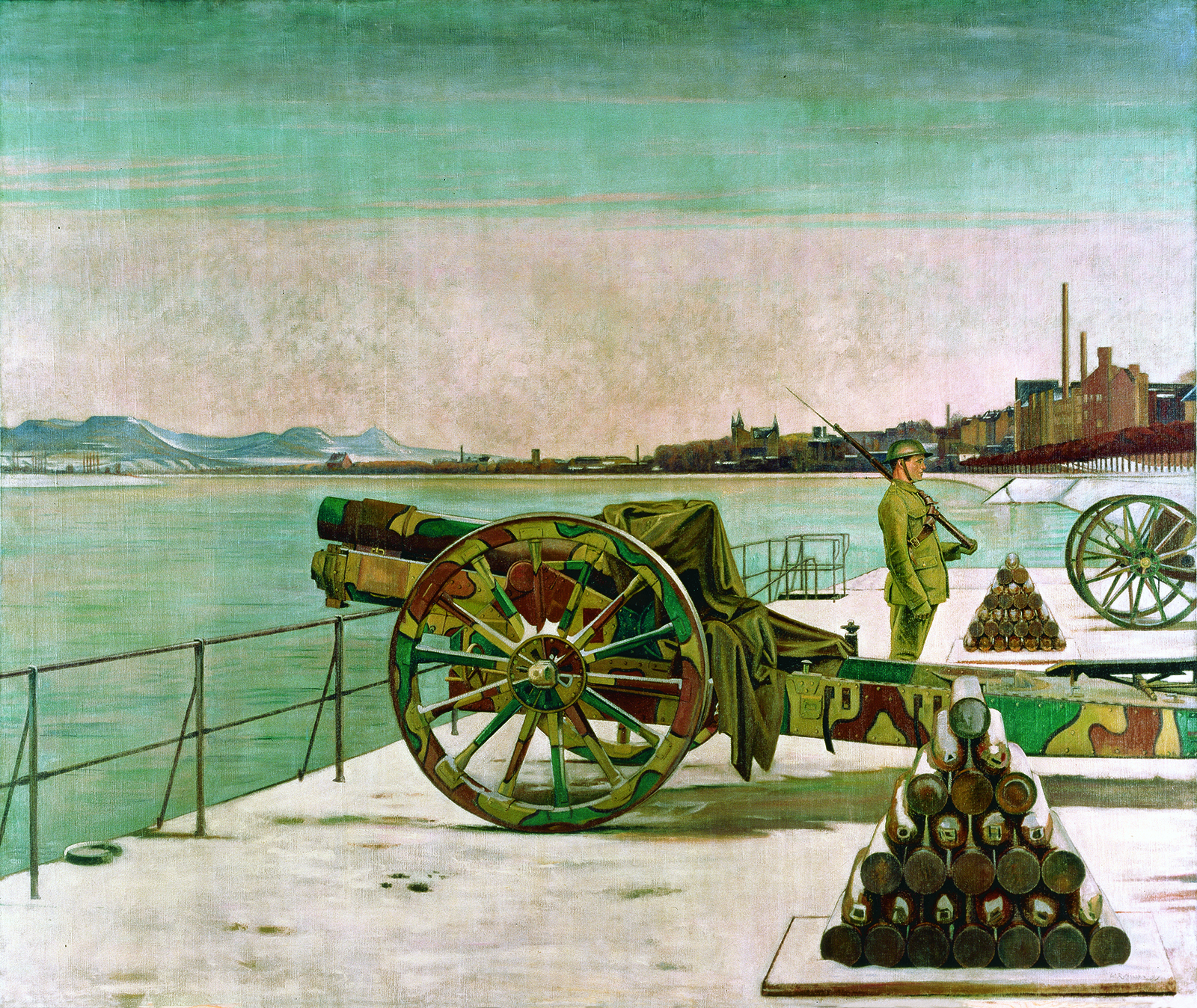
Note to readers: The Honourable Patricia Bovey retired from the Senate of Canada in May 2023. Learn more about her work in Parliament.


